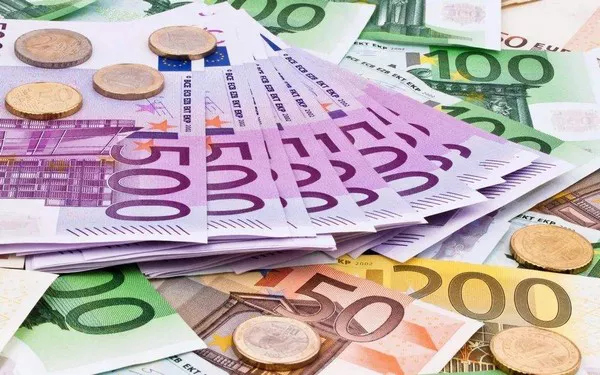The Taper officially began on November 4.
What is a Taper?
Let’s find out.
To understand Taper, the first thing to understand is what is QE?
The equivalent of Taper is QE, which is familiar.
QE is the provision of large-scale liquidity support to financial markets through the purchase of bonds and asset-backed securities.
That is, a country’s authorities print large amounts of money and buy government or corporate bonds to inject excess money into the market.
The nominal explanation for Taper is a “tapering” of asset purchases, which implies a gradual withdrawal of QE and liquidity.
Note that a Taper is not a reversal of QE, but a deceleration of QE!
We all know that QE drives up asset prices.
To stimulate the economy, the Fed launched an unprecedented program of quantitative easing last March during the pandemic.
Although the release of water stimulated the economy, it also had a big side effect: inflation.
The sharp rise in global commodities this year is a living example.
So how does the Taper affect us?
Taking history as a mirror, the Tape in 2013 caused a sharp decline in gold, oil and non-ferrous metals, while increasing without risk.
In theory, therefore, the Taper is bad for commodities, non-ferrous metals and good for US debt rates to rise again.
The Taper is a reduction in bond purchases, so it has a big impact on bond markets.
Second, monetary contraction implies expectations of higher interest rates, which tend to drive movements;
The rise of the dollar means that the currency is more valuable.
Commodities are priced in dollars, which means that one dollar can buy more commodities, so the price of commodities will fall, such as oil and gold.
Higher interest rates tend to be a bad thing for equities, especially emerging market equities, and the resulting capital outflows will also be negative.
Let us talk about the impact of the Taper on us.
First, its impact on domestic equity and bond markets is limited.
If we have to say that the impact on high A-share valuations is bad, it is relatively good for the financial and insurance sectors, as the emergence of Taper tends to signal economic recovery.
Focus on business growth and industrial prosperity is the important issue of the moment;
The long – term trend of A share depends on the economic development of our country and the fundamentals of listed companies.
As for the influence of external variables, China has its own and should make a comprehensive judgment based on China’s actual economic operation, because domestic economic data is more meaningful for monetary policy.
The ups and downs of the pandemic dented risk appetite, the dollar strengthened gold fell, and oil prices fell more than 2%.
Please pay attention to the specific operation, the market is changing rapidly, investment needs to be cautious, the operation strategy is for reference only.




























